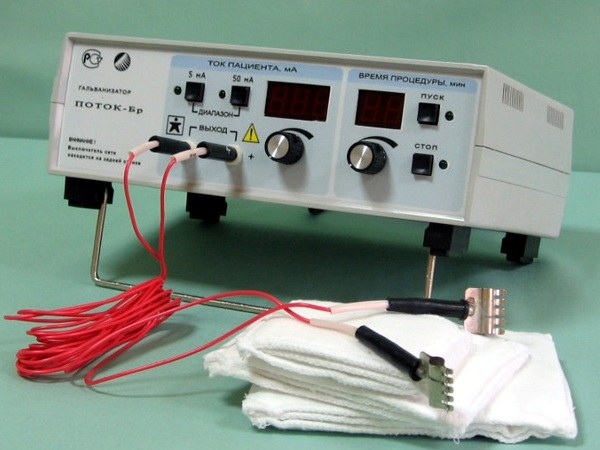Indications for electrophoresis
Electrophoresis is used as a therapeutic and preventive procedures. Its scope is quite wide. The procedure of electrophoresis is prescribed for diseases of the respiratory, nervous, cardiovascular system, atherosclerosis, hypertension, hypotension, scars after surgery, inflammation or injury, seborrhea, rosacea, diseases of bones and joints, eye diseases, ENT organs. It is indicated in chronic indolent inflammation of the female genital organs, inflammations of the genitourinary system, chronic bronchitis, neuritis, radiculitis, neuralgia, trauma to the brain or spinal cord, and sleep disorders. This method of treatment should be combined with medication.
Methods of performing electrophoresis
Electrophoresis is done using a special apparatus having two electrode positive (anode) and negative (cathode). Currently, there are several varieties of this procedure is that due to the different methods of application of drugs and electrical current. When the electroplating technique is electrophoresis from solutions of medicinal products that must be wet the special pad. They are manufactured in size of the electrodes of gauze folded in two to four layers, or from filter paper. Solution medication is applied to the strip, then she put the second strip – protective, she set the device's electrode. The second electrode is placed on the opposite side of the body to create a line along which to move the medication.
Medicinal substance dissociates (breaks up) to negative (anions) and positive ions (cations). If it dissociates with the formation of cations, it is placed on the positive electrode. When dissociation of the drug on the anions, it is placed on the negative electrode. If the drug decomposes with the formation of anions and cations, the strip with a medication that can be put simultaneously by both electrodes. Electrophoresis can be done using vannikovoy techniques. In this case, you use a special container (tray) already built-in electrodes. For the procedure in a container filled with a drug solution, and the patient dips into the liquid necessary part of the body.
The technique of cavity electrophoresis involves the introduction into hollow organs (stomach, vagina, rectum, bladder, etc.) of the drug solution. Then the electrode is introduced into the cavity of the body, and the second feature on the surface of the body. When interstitial technique the drug is taken orally or administered intravenously, intramuscularly, then electrodes are placed on the part of the body, where is the hearth of the pathological process. The duration of the session electrophoresis should be 10-15 minutes. The course of treatment is usually 10-20 sessions that can be conducted in a day or daily.


